Coaxial cable is a type of wiring that’s widely used to transmit signals in various electronic devices. It comprises two concentric copper wires that are surrounded by an insulating material. This type of cable is commonly used to connect televisions and other electronics to the internet or cable TV.
If you’re experiencing signal issues with your coaxial cable, don’t worry, we’re here to assist you.
Brief Summary
The article provides guidance on how to test for signal on a coaxial cable. It first explains what coaxial cables are and their purpose – they are commonly used to transmit TV and internet signals. Then it discusses reasons why coaxial cables can go bad, like age, physical damage, heat exposure, and electrical issues.
The post then covers three main methods to test coaxial cable signals:
- Using a cable tester like the DDS-01, which is a handheld device that detects cable issues through indicator lights. You simply insert the cable and power on to check for continuity.
- Using a multimeter set to continuity mode to check for complete circuits. You probe the ends of the cable and look for low resistance readings.
- Connecting the cable to a modem and checking internet connectivity as an indicator of signal strength. Slow speeds or connection issues may indicate cable problems.
In summary, the article provides step-by-step instructions for using basic electronics tools to diagnose and test coaxial cable signals in order to identify and resolve connection problems.
Coax Cables and Their Purpose
Coaxial cables, also known as coax cables, are one of the most popular types of cable used today. They are primarily used to transmit television signals and connect other audio-visual equipment. However, they can also be used for data and telephone applications. For example, most cable companies use coaxial cables to connect homes and businesses to their network.
The center conductor is typically made of copper or aluminum and is the main conductor of the signal. The outer conductor, also known as the shield, is typically made of braided copper wire or foil and helps to protect the signal from interference.
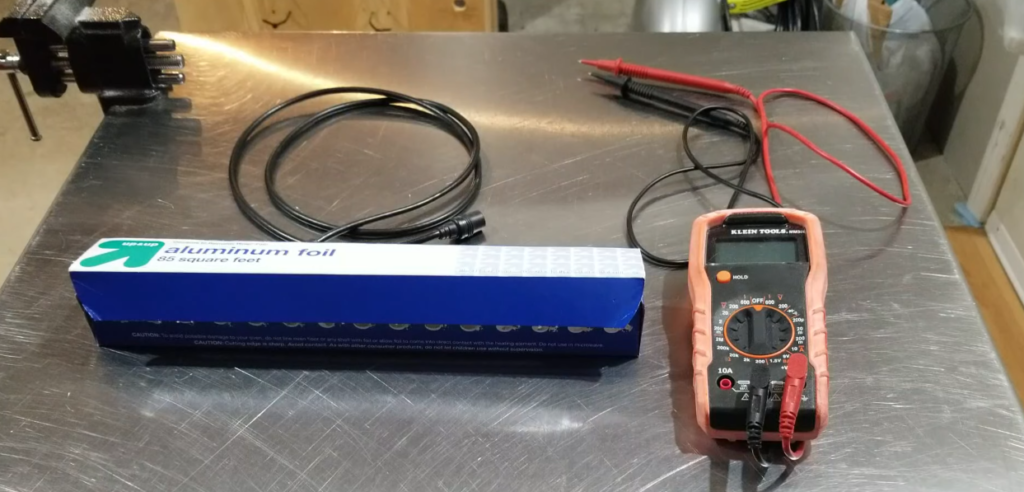
Why Coax Cables Can go Bad
Unfortunately, just like anything else, coax cables can go bad. There are a number of reasons why this might happen, but the most common reason is simply due to age. Over time, the insulation around the conductors can break down and allow moisture or other contaminants to get inside the cable. This can cause the signal to degrade or even be completely lost.
Another common reason for coaxial cable problems is physical damage. The cables are designed to be flexible, but if they are bent too sharply or crimped, the conductors can break and the signal will be lost. Additionally, if the outer conductor is damaged, it can no longer provide effective shielding from interference and the signal will suffer as a result. Because of this, it’s important to be careful when handling coaxial cables and to avoid damaging them.
Heat damage is another possibility, although it is less common. If the cable is exposed to high temperatures, the insulation can break down and the signal will be lost. This is most likely to happen if the cable is installed in an area where it is exposed to direct sunlight or other sources of heat.
Finally, coaxial cables can also go bad due to electrical problems. This can happen if the cable is improperly connected or if there is a break in the continuity of the conductors. Electrical
If you suspect that your coaxial cable is not functioning properly, there are a few things that you can do to test it. In the next few sections, we will show you various methods you can use to test for signal on coaxial cable. [2]
Testing Your Coax Cable Using a Cable Tester
One of the easiest ways to test your coaxial cable is to use a cable tester. Cable testers are devices that are specifically designed to test the continuity of cables. They usually have a series of lights or LEDs that indicate whether or not the cable is functioning properly.
When you are testing a signal on a coaxial cable, continuity testing is an important first step. This type of test determines whether there is a complete circuit between the two ends of the cable. If there is no complete circuit, then there can be no signal.
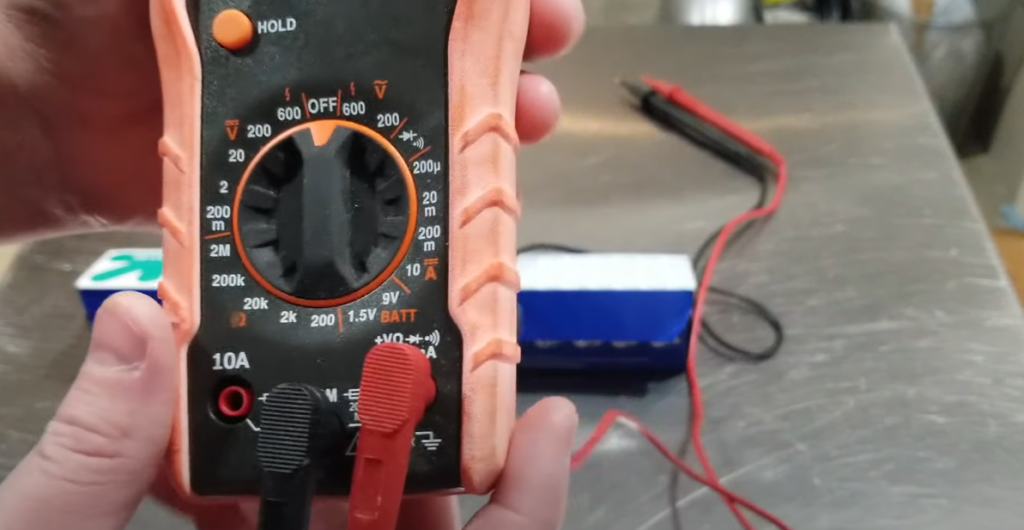
A DSS-01 tester is a good option for most people. You can find them online or at your local electronics store. DSS-01 is a simple, handheld tester that can identify any problems with your coaxial cable and detects coax cable frequencies with no issues.
Insert coaxial cable into the DDS-01 tester
To use the DSS-01 tester, simply insert one end of the coaxial cable into the “IN” port and the other end into the “OUT” port. The process is similar to inserting a coax cable into your TV or cable box.
Before proceeding, double check that the connection is firm and secure. A loose connection will result in an inaccurate reading. Once you make all the adjustments, proceed.
Turn on the DDS-01 tester
Now that the coaxial cable is properly inserted, go ahead and turn on the DSS-01 tester. Once it’s on, you should see a light or an LED next to the “IN” port. If the light is green, that means there’s a good connection and that there’s a continuity.
If the light is red or there is no light at all, then there may be a problem with your cable. In this case, you’ll need to replace the cable.
Keep in mind that some testers use sound signals, rather than lights, to indicate a good or bad cable connection. In this case you should look for beeping.
Replace the cable if necessary
Once you’ve determined that there’s a problem with your coaxial cable, it’s time to replace it. Coaxial cables are relatively cheap and easy to find, so this should be a quick and painless fix.
DDS-01 tester is going to give you the most accurate results out of all options we are going to talk about. So if you want to be 100% sure that your cable is the problem, get yourself a DDS-01 tester. [1], [3]
Testing Your Coax Cable Using a Multimeter
A multimeter is another tool that can be used to test the continuity of cables. In some cases, multimeters may even be cheaper and easier to find than cable testers.
They are much more versatile than the majority of cable testers and have much more potential uses. You can use a multimeter to test your coaxial cable by measuring the continuity of the cable.
Multimeter testing is slower than a DDS-01 tester, but it will get the job done if you don’t have a tester and are in a pinch.
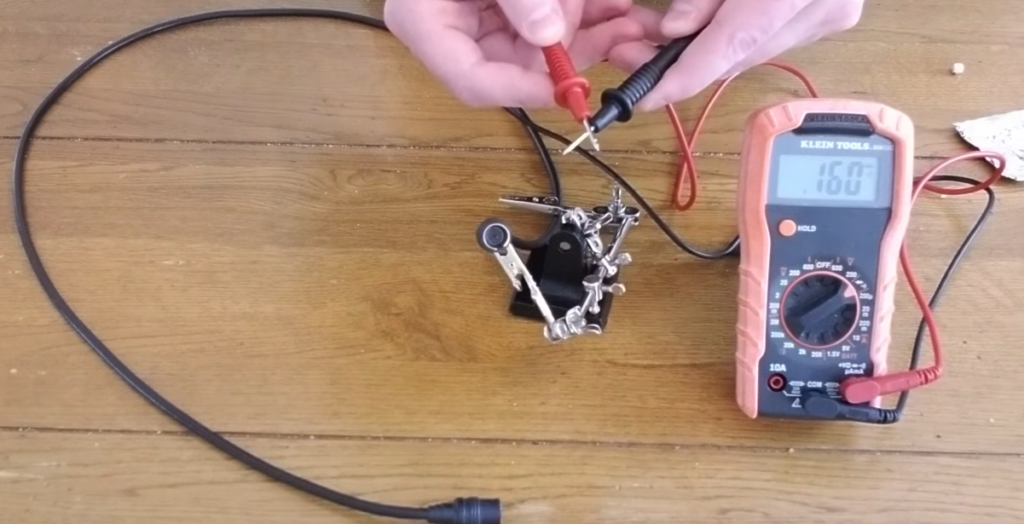
Disconnect the coax cable from the device
First, you need to disconnect the coaxial cable from the device. This will ensure that you will get the most accurate readings.
Set the multimeter to “Continuity Mode”
Next, you need to set the multimeter to “continuity mode.” This mode will allow the multimeter to test for continuity to test whether there is a break in the electrical circuit. Most modern multimeters have this mode so this should not be too difficult to do.
Probe the ends of the the coaxial cable with the multimeter
Next, connect one end of the coaxial cable to the multimeter. Multimeters come with two probes, one red and one black. The black probe is typically used for the negative/ground connection while the red probe is used for the positive connection.
Take one probe and touch it to the metallic surface nearby the connector. Then, take the other probe and touch it to the metal end of the cable. This will complete the circuit and allow you to get a reading from the multimeter.
Check the multimeter for a reading
If there is continuity, then the multimeter should give you a reading. The reading will typically be in ohms (Ω). The closer the reading is to 0 Ω, the better as this means there is less resistance in the circuit. If the reading is higher than 0 Ω, then this means there is more resistance in the circuit and there may be a problem with the cable. [4], [5]
Testing Coax Cable Signal Using a Modem
In some cases, you may not need to use any specialized equipment to test your coaxial cable signal. If your coax cable supplies the internet and you have a cable modem, you can use it to test for signal strength.
To do this, simply connect one end of the coaxial cable to your modem just like with any other device. Once everything is connected, turn on your modem and wait a minute or two for it to connect to the internet. Test the quality of connectivity manually by opening a few websites or running a speed test. If the internet is working fine, then your coaxial cable signal is strong enough.
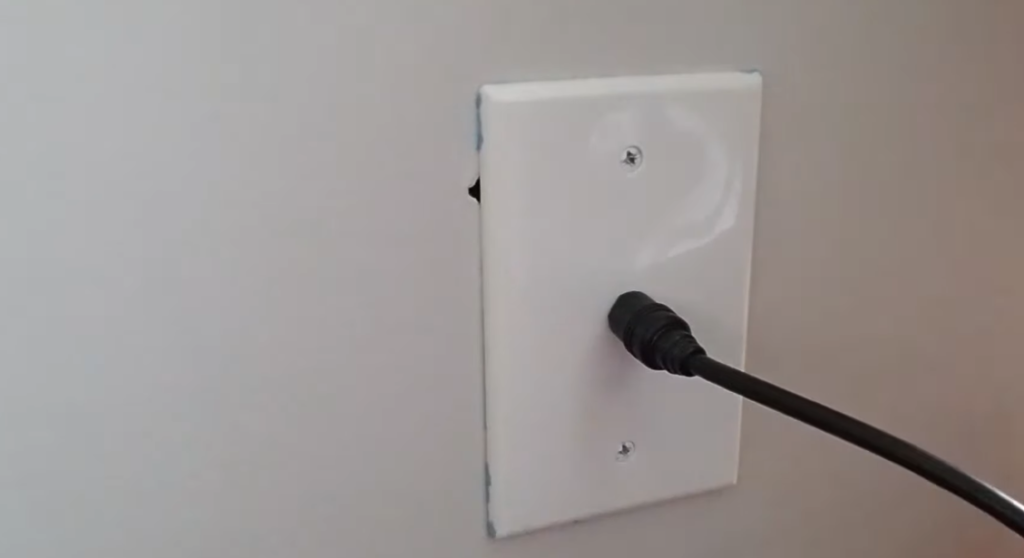
If you’re having trouble connecting to the internet or the speeds are very slow, this could be an indication of a weak signal. In this case, more specific testing may be required to pin-point the exact problem. [1], [3]
FAQ
What are the signs of a bad coax cable?
There are a few signs that may indicate your coaxial cable is not working properly. These include:
- Dim or fuzzy picture quality on your television
- Loss of internet connection or slow internet speeds
- Static or crackling noises coming from your TV or radio
If you are experiencing any of these issues, it is best to test your coaxial cable to see if it is the source of the problem. Unfortunately, you can’t detect the signal issues with a visual inspection alone, unless the cable is obviously damaged.
How do I test my cable signal strength?
There are a few ways that you can test your cable signal strength. One way is to use a TV or other device to see it for yourself. This will give you a general idea of the strength of the signal that you are receiving.
Another way to test your cable signal strength is to use a multimeter. Set it to resistance x 100 mode and touch the probes to the cable. If you see a deflection on display, this means that there is a signal passing through the cable.
How do you check the voltage on a coaxial cable?
The first step is to disconnect the cable from any device. Next, take a voltmeter and set it to measure AC voltage. Finally, touch the positive lead of the voltmeter to the center conductor of the cable and the negative lead to the shield. All that’s left to do is check the voltmeter reading.
How do you check coaxial cable continuity?
There are a few ways that you can check for continuity on your coaxial cable. One way is to use a multimeter to test the continuity within the cable. Another way to test for continuity is to use a cable tester. A cable tester will notify you with a beep or green light if there is continuity present within the cable and it’s working properly.
Conclusion
Coaxial cable is the workhorse of the modern world. It’s what connects our homes to the internet, our TVs to our cable boxes, and our phones to the cell towers. But coaxial cable can be a bit finicky, and sometimes it can be tough to tell if there’s a problem with the signal.
Testing for signals on coaxial cable is relatively simple, and there are a few different ways to do it. With a little bit of patience and some basic equipment, you should be able to figure out whether or not your coaxial cable is working properly.
In this article we have covered three ways that you can test for signal on coaxial cable:
The first is by using a multimeter to measure the continuity drop across the cable. This is a reliable way to test for signals, but it requires some knowledge of electronics.
The second way is by using a TV or other device that can be connected to the cable. We used a modem. This method is less accurate, but it’s much easier to do.
The third way is by using a tool called a DSS01 cable tester. This is a specialized tool that is designed to test for signals on coaxial cable. It’s the most expensive option, but it’s also the most accurate.
If you’re having trouble with your coaxial cable, we recommend trying all three of these methods to see which one works best for you. Whichever method you choose, make sure to follow the instructions carefully and take your time. With a little bit of effort, you should be able to get your coaxial cable working properly in no time. Thanks for reading!
References
- https://electrouniversity.com/how-to-test-coax-cable-without-multimeter/
- http://www.avantetechnologies.com/blog/2019/3/22/do-coaxial-cables-deteriorate
- https://us.hitrontech.com/learn/how-can-i-test-a-coaxial-cable-outlet-for-signal/
- https://toolsweek.com/how-to-test-coax-cable-signal-with-multimeter/
- https://www.radio4all.org/how-to-test-cable-signal-strength-for-internet/





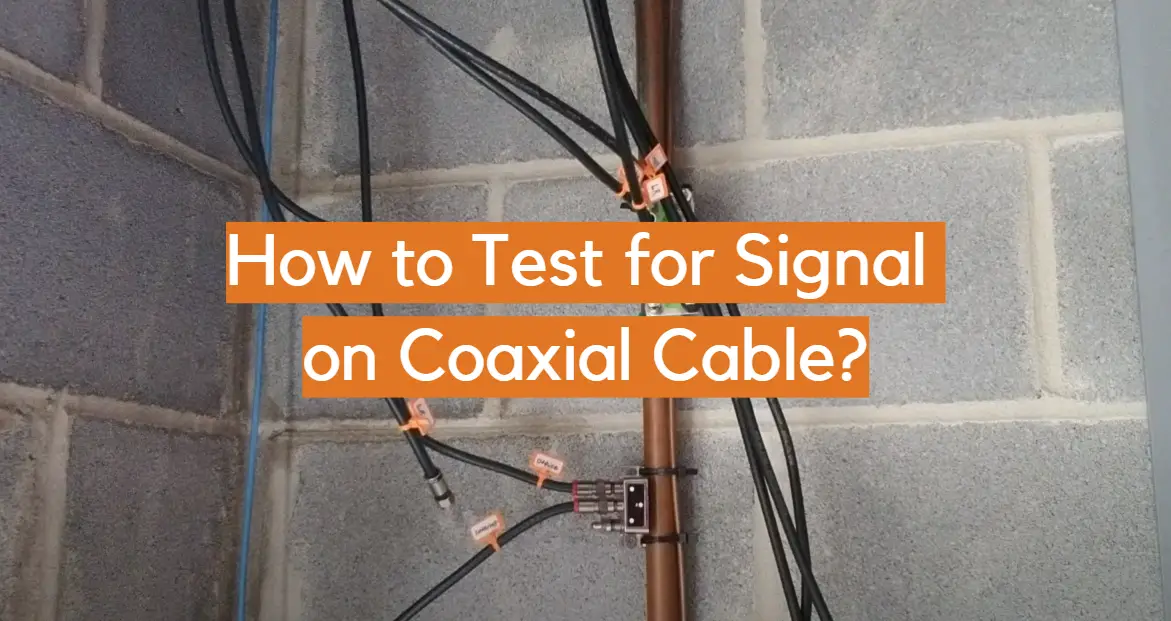



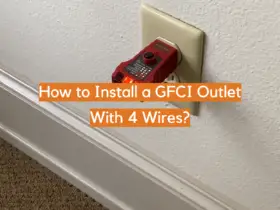
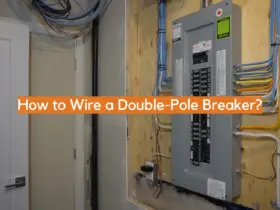
Leave a Reply